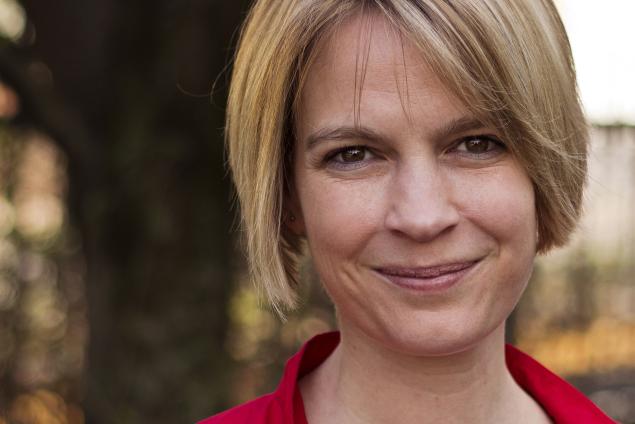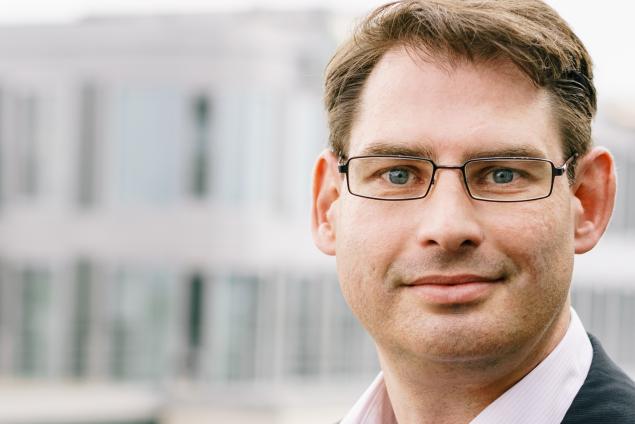Scroll to Section:
The use of continuum robots – robots that are not composed of rigid links and joints but are continuously bending structures – opens up completely new possibilities for surgery: With this tool surgeons can reach locations in the human body which they would not be able to reach with traditional surgical instruments. This enables them to e.g. remove brain tumors in a minimally invasive way. There are a vast number of parameters to be selected when designing these structures, like diameter, tube thickness, and material. JESSICA BURGNER-KAHRS explains that the ideal combination depends not only on the application but also on patient characteristics. In this video, she describes how the research team tackled the challenge of selecting the right robot design by developing an optimization algorithm that makes use of evolutionary concepts from biology. Testing their simulation results in the laboratory proved that the optimization works well, but also revealed a number of open questions.
DOI:
https://doi.org/10.21036/LTPUB10324
Institution

University of Hanover (Leibniz Universität Hannover)
In 1831, founded by the scholar Karl Karmarsch, the “Higher Trade School of Hannover” started with only 64 students. Today there are more than 25,000 students in the natural sciences and engineering, the humanities and social sciences as well as in law and economics. In the future, too, studying, teaching and research are to be enjoyable, and therefore one of the declared goals of Leibniz Universität Hannover is to continually improve the quality of teaching and research. ( Source )
Show more
Original publication
Task-specific Design of Tubular Continuum Robots for Surgical Applications
Soft Robotics
Published in 2015
Reading recommendations
Soft Robotics: Biological Inspiration, State of the Art, and Future Research
Applied Bionics and Biomechanics
Published in 2008
Continuous Backbone “Continuum” Robot Manipulators
ISRN Robotics
Published in 2013
Design Optimization of Concentric Tube Robots Based on Task and Anatomical Constraints
Robotics and Automation (ICRA), 2011 IEEE International Conference on
Published in 2011
Concentric Tube Robots: The State of the Art and Future Directions
Robotics Research
Published in 2016
A Telerobotic System for Transnasal Surgery
IEEE/ASME Transactions on Mechatronics
Published in 2014
Beyond
A Ground-breaking Scientific Revolution
An Alarming Challenge for Society
If I Had a Second Life
A Personal Reading Recommendation




